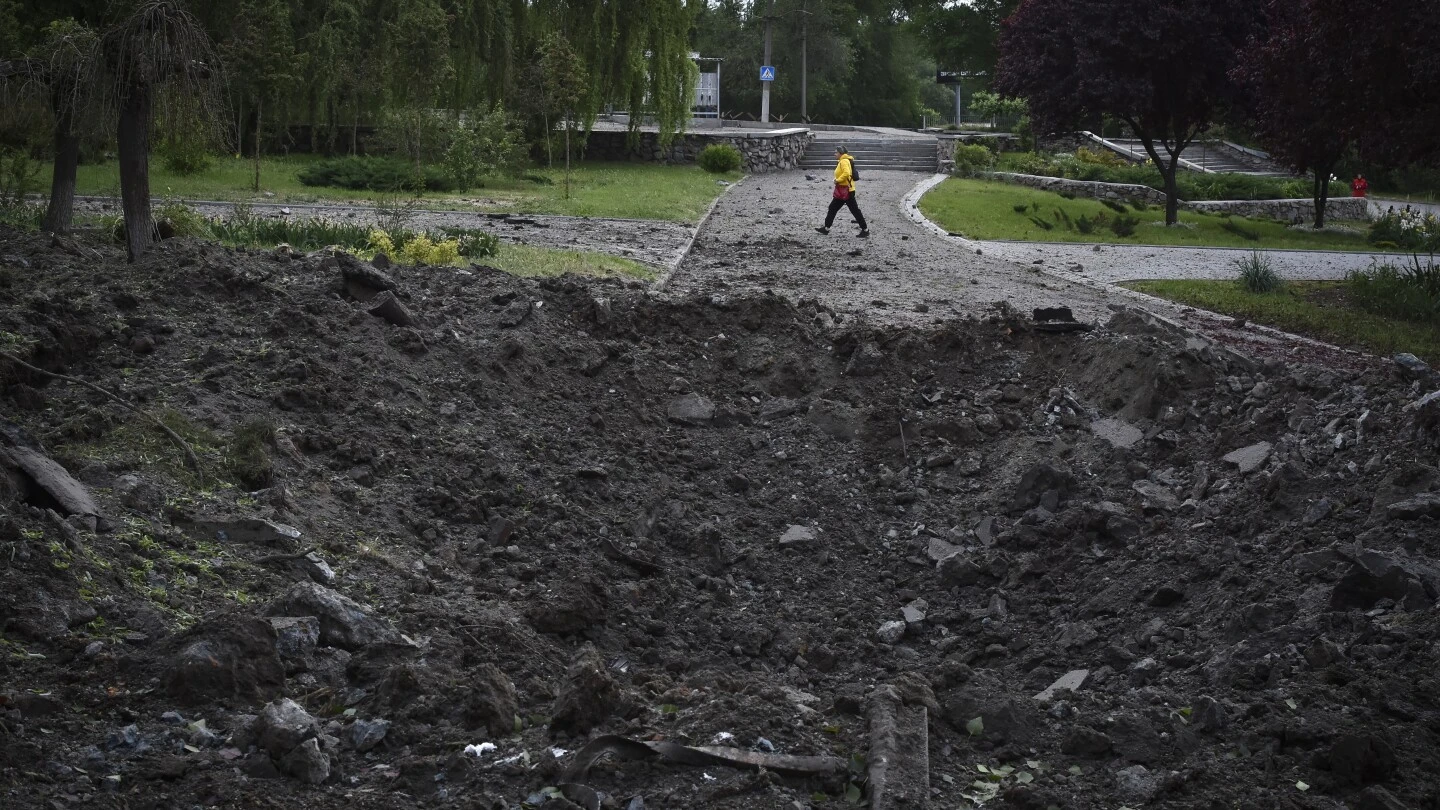- cross-posted to:
- ukraine@sopuli.xyz
- cross-posted to:
- ukraine@sopuli.xyz
European Union nations reached a tentative breakthrough deal to provide Ukraine with billions in additional funds for arms and ammunitions coming from the profits raised from frozen Russian central bank assets held in the bloc.
The agreement among the 27 EU ambassadors was announced by Belgium, which holds most of the frozen assets in the bloc. It came after weeks of tough negotiations among member states, which were made more complicated by the stringent financial limits on using such funds.
The deal should free up to 3 billion euros ($3.2 billion) a year for Kyiv, of which 90% could be spent on ammunition and other military equipment.
Officials said a first installment of the funds could reach Kyiv in July.
The EU is holding around 210 billion euros ($225 billion) in Russian central bank assets, most of it frozen in Belgium, in retaliation for Moscow’s war against Ukraine. Kyiv has long been urging that those funds be used to get vital military supplies as it struggles to stave off renewed Russian attacks.
A small group of member states, especially Hungary, refuse to supply weapons to Ukraine so special safeguards had to be included in the deal to allow for some 10% of the funds to be considered general aid.
EU member states still need to officially endorse the ambassadors’ agreement.
Would be good if the frozen assets remain as a souverein wealth fund to keep doing these kind of payments… as the ultimate fuck you.
That 210 billion would last them 70 years at that rate
This is the best summary I could come up with:
BRUSSELS (AP) — European Union nations reached a tentative breakthrough deal to provide Ukraine with billions in additional funds for arms and ammunitions coming from the profits raised from frozen Russian central bank assets held in the bloc.
The agreement among the 27 EU ambassadors was announced by Belgium, which holds most of the frozen assets in the bloc.
It came after weeks of tough negotiations among member states, which were made more complicated by the stringent financial limits on using such funds.
Kyiv has long been urging that those funds be used to get vital military supplies as it struggles to stave off renewed Russian attacks.
A small group of member states, especially Hungary, refuse to supply weapons to Ukraine so special safeguards had to be included in the deal to allow for some 10% of the funds to be considered general aid.
Follow AP’s coverage of Russia’s war in Ukraine at https://apnews.com/hub/russia-ukraine
The original article contains 233 words, the summary contains 154 words. Saved 34%. I’m a bot and I’m open source!




